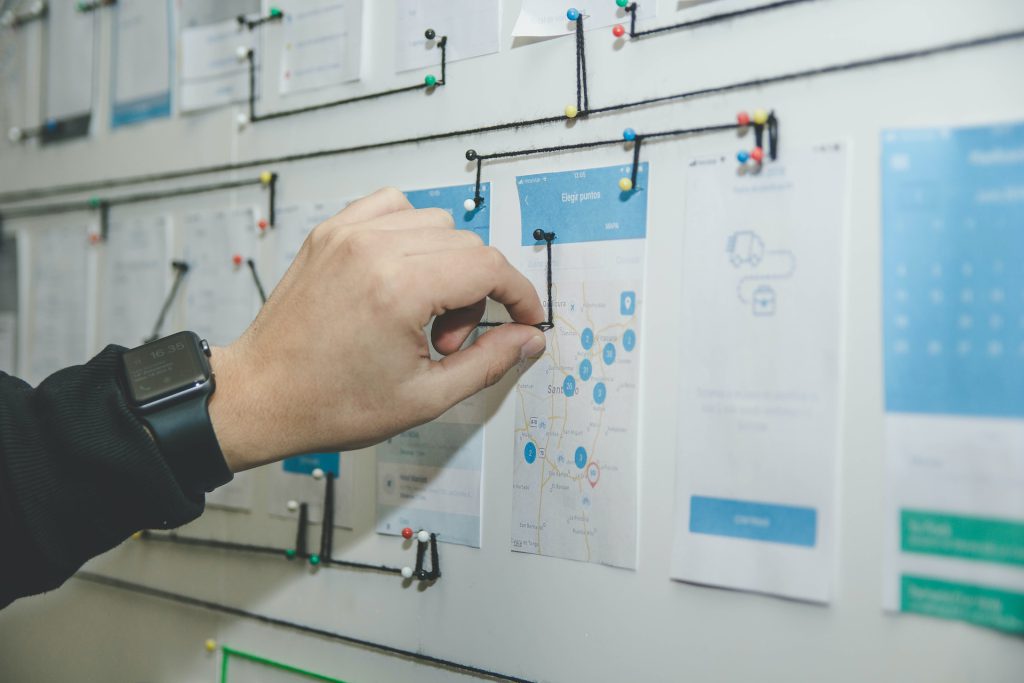
Maximising Efficiency: How to Create and Customise Automation of Workflows with BAAR-IGA
Introduction
In today’s fast-paced business world, organisations are constantly seeking ways to enhance operational effectiveness by automation of workflow and boosting the productivity of manual labour. One powerful solution that enables organisations to achieve these goals is BAAR-IGA (Business Automation for Access Rights – Identity Governance and Administration). BAAR-IGA works by automating the end-to-end user lifecycle management process. It integrates with various systems, such as HRMS and Access control systems, ERP, Document Processing Systems and other User Interactive Applications, to streamline onboarding, offboarding, access provisioning, access reviews, and more.
BAAR-IGA leverages RPA (Robotic Process Automation) to automate manual and repetitive tasks involved in user lifecycle management, such as data entry, validation, provisioning, access termination, reviews, and policy enforcement. By incorporating RPA capabilities, BAAR-IGA streamlines access management, enhances security through SSO (Single Sign-On) and MFA (Multi-Factor Authentication), monitors user access for potential risks, and ensures compliance with industry regulations. It also offers self-service capabilities, policy management, and automated access termination. This integration of RPA in BAAR-IGA improves operational efficiency, reduces errors, and minimises the administrative burden associated with user lifecycle management.
In this blog post, we will guide you through the process of creating and customising automation of workflow with BAAR-IGA, empowering your organisation to maximise efficiency and drive success.
Understanding Automated Workflows:
It’s crucial to understand exactly what automation of workflow are and how your company could gain from them before beginning the process of establishing and customising them. Automated workflows are a collection of predetermined stages or actions that BAAR-IGA executes automatically in response to particular triggers or conditions. These workflows boost efficiency and production by removing the need for manual intervention, decreasing errors, and accelerating the completion of tasks.
Identifying Workflow Candidates:
The first step in creating automation of workflow with BAAR-IGA is to identify the processes or tasks within your organisation that are repetitive, rule-based, and can benefit from automation. These could include onboarding/offboarding processes, access provisioning, access reviews, password resets, and more. You may save a lot of time and allocate resources to more strategic projects by automating these mundane tasks.
Designing the Workflow:
Once you have identified the workflow candidates, it’s time to design the automation of workflow using the intuitive drag-and-drop interface provided by BAAR-IGA. The workflow’s trigger should be specified first. This could be a specific event, a condition, or a planned time. Choose which steps must be taken next and in what order to complete the workflow. Next, decide which procedures must be followed in what order to finish the workflow. BAAR-IGA offers a variety of pre-configured nodes that represent specific actions, such as data entry, system integration, approvals, and notifications. Drag and drop these nodes onto the workflow canvas and connect them to create the desired flow.

Customising Workflow Actions:
BAAR-IGA allows you to customise the actions within each step of the workflow to align with your organisation’s specific requirements. For example, if the workflow involves creating user accounts in multiple systems, you can configure BAAR-IGA to integrate with those systems and automate the account creation process. Similarly, you can define rules for assigning access privileges based on user roles or departments. By customising these actions, you can ensure that the workflow aligns with your organisation’s unique processes and policies.
Configuring Triggers and Conditions:
To make your automation of workflow even more efficient, BAAR-IGA enables you to configure triggers and conditions that initiate the workflow. Events like the creation of new users, role changes, or system updates can act as triggers. Contrarily, conditions will let you specify particular requirements that must be satisfied in order for the workflow to be executed. For instance, you can set up a condition to only start the workflow if the access request is for a vital application or if the access level requested is too high. These triggers and conditions help tailor the workflow to respond to specific scenarios and optimise its effectiveness.
Testing and Refining the Workflow:
Before implementing the automated workflow in production, it is important to properly test it out in a controlled environment after you developed and customised it. BAAR-IGA provides testing and simulation capabilities, allowing you to run the workflow and validate its functionality and accuracy. During this testing step, you can detect any possible obstacles, fine-tune the workflow, and make any necessary improvements to ensure optimal performance.
Deploying and Monitoring the Workflow:
The automated workflow should now be implemented in the production environment following a successful testing phase. BAAR-IGA offers seamless deployment options, allowing you to integrate the workflow into your existing infrastructure without disrupting ongoing operations. Once deployed, BAAR-IGA provides comprehensive monitoring and reporting features, enabling you to track the progress of workflows, identify bottlenecks, and make data-driven decisions for continuous improvement. Regularly monitoring the performance of your automated workflows ensures their effectiveness and allows for adjustments as needed.
Conclusion:
In today’s digital landscape, organisations must embrace automation to maximise efficiency and achieve operational excellence. With BAAR-IGA’s robust capabilities for creating and customising automation of workflow, organisations can streamline processes, reduce manual efforts, and increase productivity. By following the steps outlined in this blog post, you can harness the power of BAAR-IGA to design, deploy, and monitor workflows that align with your organisation’s unique requirements. Embrace automation with BAAR-IGA and unlock the full potential of your organisation’s efficiency and success. Schedule a free consultation with us for further information.